Home>Garden Essentials>How To Use Grass Carpet
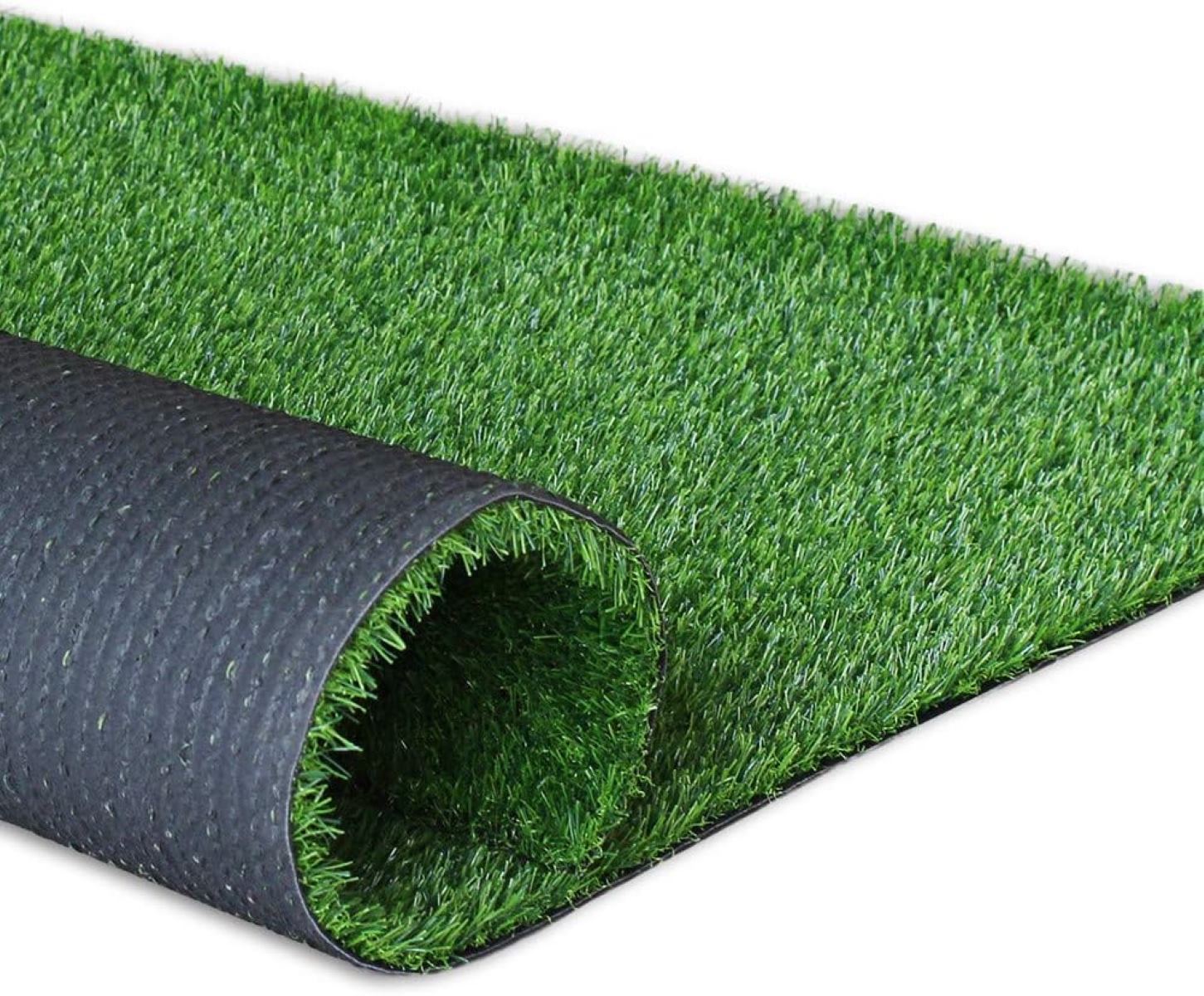

Garden Essentials
How To Use Grass Carpet
Modified: September 2, 2024
Discover how to transform your garden with a lush and vibrant grass carpet. Learn essential tips and techniques for installation and maintenance.
(Many of the links in this article redirect to a specific reviewed product. Your purchase of these products through affiliate links helps to generate commission for Storables.com, at no extra cost. Learn more)
Introduction
Grass carpets are a fantastic addition to any garden or outdoor space. They provide a lush, green look and feel, without the hassle of maintaining natural grass. Whether you have a small balcony, a rooftop terrace, or a backyard, grass carpet can transform your space into a refreshing oasis.
Not only does grass carpet offer aesthetic benefits, but it also provides a soft and comfortable area for relaxing or playing. It is a versatile option that can be used in various settings, from residential gardens to commercial spaces. If you are considering using grass carpet in your outdoor area, this article will guide you through the process of selecting, preparing, installing, and maintaining it.
Before diving into the details, it is important to note that grass carpet, also known as synthetic turf or artificial grass, is made from synthetic materials designed to mimic the appearance and texture of natural grass. It is weather-resistant, durable, and requires minimal maintenance compared to real grass.
Now, let’s explore the different aspects of using grass carpet and discover how to make the most of this versatile and low-maintenance alternative to natural grass.
Key Takeaways:
- Enjoy a low-maintenance oasis by choosing the right grass carpet based on density, pile height, color, and UV stability. Prepare the area thoroughly for a successful and long-lasting installation.
- Keep your grass carpet looking fresh by regular brushing, debris removal, prompt stain treatment, and pet behavior monitoring. Implement tips like adding cushioning and using accessories for a cozy outdoor space.
Read more: How To Kill Carpet Grass
Selecting the Right Grass Carpet
When choosing a grass carpet, there are several factors to consider to ensure you find the right one for your specific needs and preferences.
- Density: The density of the grass carpet refers to the number of blades per square meter. Higher density grass carpets provide a more realistic and lush appearance, but they can also be more expensive. Consider the level of foot traffic in your outdoor area to determine the appropriate density.
- Pile Height: Pile height refers to the length of the individual grass blades. A longer pile height typically provides a more luxurious and natural look, while a shorter pile height offers easier maintenance. Choose a pile height that aligns with your desired aesthetic and ease of care.
- Color and Texture: Grass carpets come in various shades of green, so you can select one that matches the look and feel you desire. Additionally, consider the texture of the grass carpet to ensure it feels pleasant underfoot.
- Backing Material: The backing of the grass carpet is an important factor to consider as it determines the durability and drainage capabilities of the carpet. Look for a high-quality, permeable backing material that allows for proper water drainage.
- UV Stability: Since grass carpet is exposed to sunlight, it is essential to choose a product with UV stability. This ensures that the color of the carpet remains vibrant and does not fade under direct sunlight.
- Budget: Grass carpets are available in a range of prices, so it’s important to set a budget before starting your search. Balance your desired features and quality with your allotted budget to find the best option.
Before making a final decision, it is highly recommended to request samples from different suppliers or visit a showroom to see and feel the grass carpet in person. This will give you a better idea of its appearance, texture, and overall quality.
By taking these factors into account, you will be able to select the perfect grass carpet that suits both your aesthetic preferences and practical needs.
Preparing the Area
Before installing the grass carpet, proper preparation of the area is crucial to ensure a smooth and long-lasting result. Follow these steps to prepare your outdoor space:
- Clean the Area: Remove any debris, rocks, or weeds from the area where you plan to install the grass carpet. Ensure the ground is free from any obstructions that could affect the installation process.
- Level the Surface: Use a rake or shovel to level the ground, filling in any holes or uneven areas. This will provide a flat and even surface for the grass carpet installation.
- Install Edging: Install edging materials such as plastic or metal borders around the perimeter of the area. This will help to keep the grass carpet in place and prevent it from shifting over time.
- Add a Weed Barrier: To further prevent weed growth, consider laying down a weed barrier fabric over the prepared area. This will act as an additional layer of protection to keep unwanted plants from growing through the grass carpet.
- Compact the Soil: Use a compactor or tamper to firmly compact the soil. This will create a solid base for the grass carpet, ensuring it stays in place and maintains its integrity.
- Apply a Layer of Fine Sand: Spread a thin layer of fine sand over the compacted soil. This will help to improve drainage and provide additional stability for the grass carpet.
By following these steps, you will create a well-prepared and stable surface for the grass carpet installation. It’s important to note that the specific preparation process may vary depending on the condition of your outdoor area and the recommendations of the grass carpet manufacturer.
Once the area is properly prepared, you are ready to move on to the next step: installing the grass carpet.
Installing the Grass Carpet
Now that you have prepared the area, it’s time to install the grass carpet. Follow these steps to ensure a successful installation:
- Unroll the Carpet: Start by unrolling the grass carpet over the prepared area. Allow it to relax and adjust to the surroundings for a few hours, as this will help eliminate any wrinkles or creases.
- Trim to Fit: Using a sharp utility knife, trim the grass carpet to fit the dimensions of your space. Be careful to make clean and precise cuts to achieve a seamless and professional-looking installation.
- Secure the Edges: Use adhesive or landscape spikes to secure the edges of the grass carpet to the edging material. This will keep the carpet in place and prevent it from shifting or moving over time.
- Join Multiple Pieces: If you have multiple pieces of grass carpet to install, overlap the edges by a few inches and secure them together using adhesive and seam tape. This will create a seamless transition between the different sections.
- Brush the Grass Blades: Once the grass carpet is fully installed, use a stiff brush or a power broom to brush against the grain of the grass blades. This will help to lift the blades and create a more natural and upright appearance.
- Infill (Optional): If desired, you can add an infill material such as silica sand or rubber granules to give the grass carpet extra stability and a more realistic feel. Consult the manufacturer’s guidelines to determine the appropriate amount and type of infill for your specific carpet.
During the installation process, it is important to pay attention to the direction and pattern of the grass blades. Keep them running in the same direction for a consistent and visually pleasing look.
Remember to follow the specific instructions provided by the grass carpet manufacturer, as installation methods may vary depending on the type and brand of the carpet you are using.
Once you have completed the installation, take a step back and admire your newly transformed outdoor space. The grass carpet will provide a lush and inviting area that requires minimal maintenance compared to natural grass.
When using grass carpet, make sure to regularly clean and maintain it by removing debris and dirt. This will help keep the carpet looking fresh and extend its lifespan.
Maintaining and Cleaning the Grass Carpet
One of the main advantages of using grass carpet is its low maintenance requirements. However, it still requires some care to keep it looking its best. Follow these maintenance and cleaning tips to ensure the longevity and cleanliness of your grass carpet:
- Regular Brushing: Brush the grass carpet regularly with a stiff brush or a power broom. This will help to prevent matting and keep the grass blades upright, maintaining a natural appearance.
- Remove Debris: Remove any leaves, twigs, or other debris that may accumulate on the grass carpet. This can be done by hand or using a leaf blower on a low setting. Regularly clearing the surface will ensure proper drainage and prevent potential damage to the carpet.
- Remove Stains and Spills: In the event of spills or stains, clean the affected area promptly. Use a mild detergent mixed with water and gently scrub the area with a soft brush. Rinse thoroughly and allow the carpet to dry completely.
- Combat Odors: To prevent any unpleasant odors, particularly if you have pets, periodically sprinkle baking soda over the grass carpet. Allow it to sit for 15-20 minutes, then brush it into the fibers and rinse with water.
- Prevent Weeds and Moss: Keep an eye out for any signs of weed or moss growth on the grass carpet. If you notice any, use a weed killer or moss control product specifically designed for use on artificial grass. Be sure to follow the instructions on the product carefully to avoid damaging the carpet.
- Protect from Hot Objects: Avoid placing hot items directly on the grass carpet as they can cause melting or damage. Use a protective mat or tray underneath hot objects such as grills or fire pits.
- Professional Maintenance: Consider scheduling periodic professional maintenance for your grass carpet. This can include deep cleaning, repairing any damaged areas, and reapplying infill if necessary.
By following these maintenance tips, you can keep your grass carpet looking fresh and vibrant for years to come. Always consult the manufacturer’s guidelines for specific care instructions, as different types of grass carpet may have varying maintenance needs.
Read more: How To Grow Carpet Grass
Tips and Tricks for Using Grass Carpet
Using grass carpet can bring beauty and functionality to your outdoor space. Here are some additional tips and tricks to help you make the most of your grass carpet:
- Add Cushioning: If you plan to use your grass carpet for seating or lounging areas, consider adding cushioning or padding underneath. This will provide extra comfort and support.
- Use Accessories: Enhance the overall look of your grass carpet by adding accessories such as outdoor furniture, decorative pots, or string lights. These additions can create a cozy and inviting atmosphere.
- Rotate Furniture: To prevent uneven wear and tear on the grass carpet, periodically move your outdoor furniture around. This will distribute the weight and ensure that no specific area of the carpet becomes compressed or flattened.
- Protect from Sharp Objects: Avoid placing sharp objects such as gardening tools or metal stakes directly on the grass carpet. These can cause cuts or tears in the carpet fibers. Use a protective barrier or designated storage area for such items.
- Monitor Pet Behavior: If you have pets, monitor their behavior on the grass carpet. While it is highly resistant to pet damage, excessive digging or chewing can still cause damage. Provide your pets with appropriate toys and designated play areas to minimize any potential issues.
- Consider Landscape Lighting: Install landscape lighting to showcase your grass carpet at night. Lighting can create a stunning and dramatic effect, enhancing the overall ambiance of your outdoor space.
- Regularly Inspect for Damage: Take time to inspect your grass carpet for any signs of damage or wear. Look for frayed edges, tears, or loose seams. Address any issues promptly to prevent further deterioration.
- Follow Safety Guidelines: If you’re installing grass carpet in a commercial or public space, ensure that it meets safety regulations and guidelines. This includes proper drainage, slip resistance, and fire safety standards.
- Keep an Extra Piece: Consider keeping an extra piece of grass carpet when installing. This way, if any damage occurs in the future, you can easily replace the affected area without worrying about finding an exact match.
By implementing these tips and tricks, you can maximize the enjoyment and longevity of your grass carpet, creating a beautiful and functional outdoor space.
Conclusion
Using grass carpet in your outdoor space offers a multitude of benefits, from creating a lush and vibrant environment to reducing the maintenance required compared to natural grass. By following proper selection, preparation, installation, and maintenance techniques, you can enjoy the beauty and functionality of grass carpet for years to come.
When selecting the right grass carpet, consider factors such as density, pile height, color, backing material, UV stability, and your budget. By choosing the appropriate carpet for your needs, you can achieve the desired aesthetic and durability.
Properly preparing the area before installation is crucial for a successful project. Clean and level the surface, install edging for stability, and consider adding a weed barrier to discourage unwanted growth. By providing a solid foundation, you ensure the longevity and integrity of the grass carpet.
The installation process involves unrolling the carpet, trimming it to fit, securing the edges, joining multiple pieces if necessary, and brushing the grass blades for a natural appearance. Optional steps, such as adding infill, can further enhance stability and realism.
To maintain and clean your grass carpet, regularly brush it to prevent matting, remove debris, address spills and stains promptly, combat odors, prevent weed and moss growth, protect from hot objects, and consider professional maintenance for deep cleaning and repairs.
Lastly, employ some useful tips and tricks for using grass carpet, such as adding cushioning for comfort, using accessories to enhance the aesthetic, monitoring pet behavior, and regularly inspecting for damage. By following these suggestions, you can make the most of your grass carpet and create a stunning outdoor space.
In conclusion, grass carpet is a fantastic alternative to natural grass, offering beauty, functionality, and low maintenance. With proper selection, preparation, installation, maintenance, and the implementation of tips and tricks, you can enjoy a lush and welcoming outdoor space that brings joy and relaxation to your everyday life.
Frequently Asked Questions about How To Use Grass Carpet
Was this page helpful?
At Storables.com, we guarantee accurate and reliable information. Our content, validated by Expert Board Contributors, is crafted following stringent Editorial Policies. We're committed to providing you with well-researched, expert-backed insights for all your informational needs.
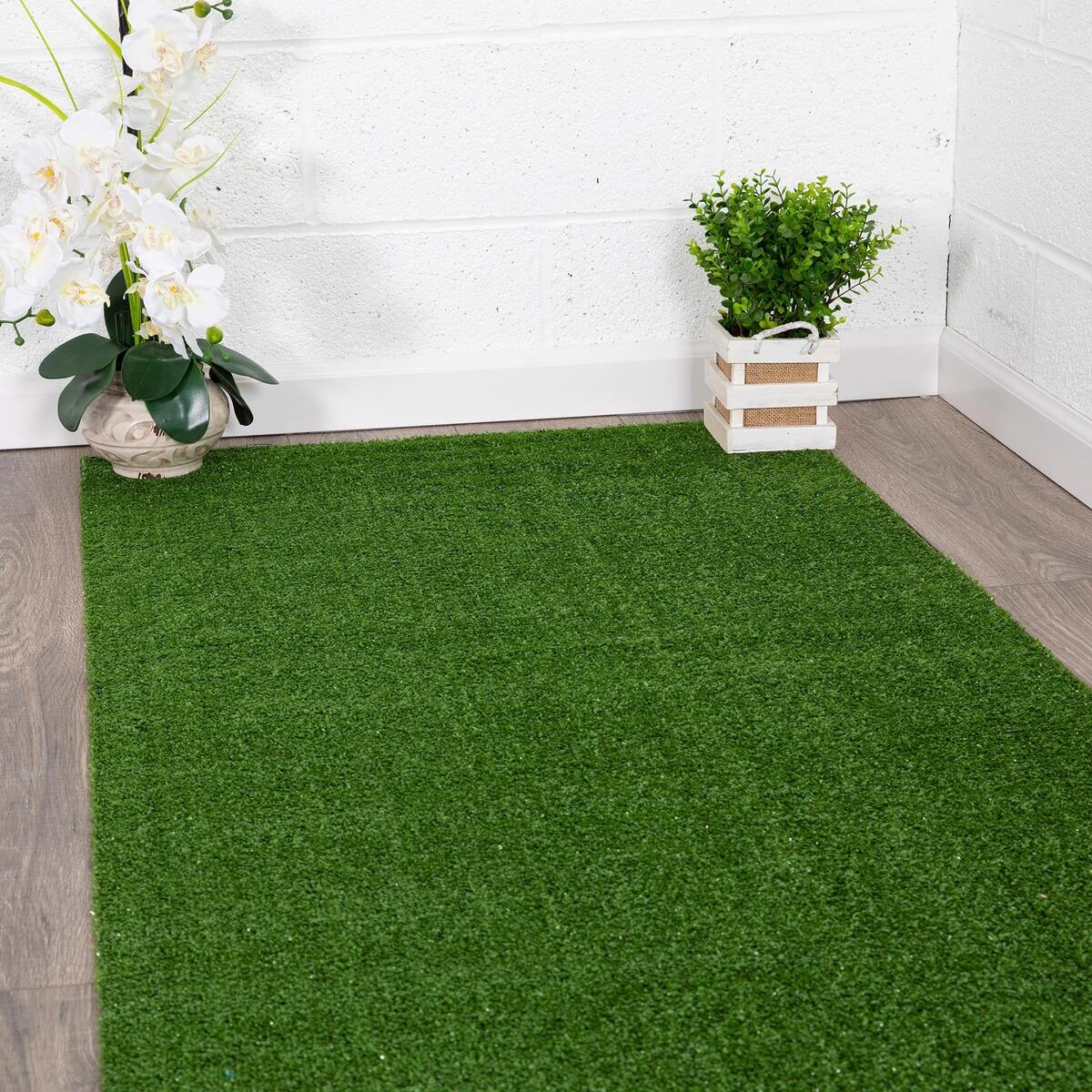
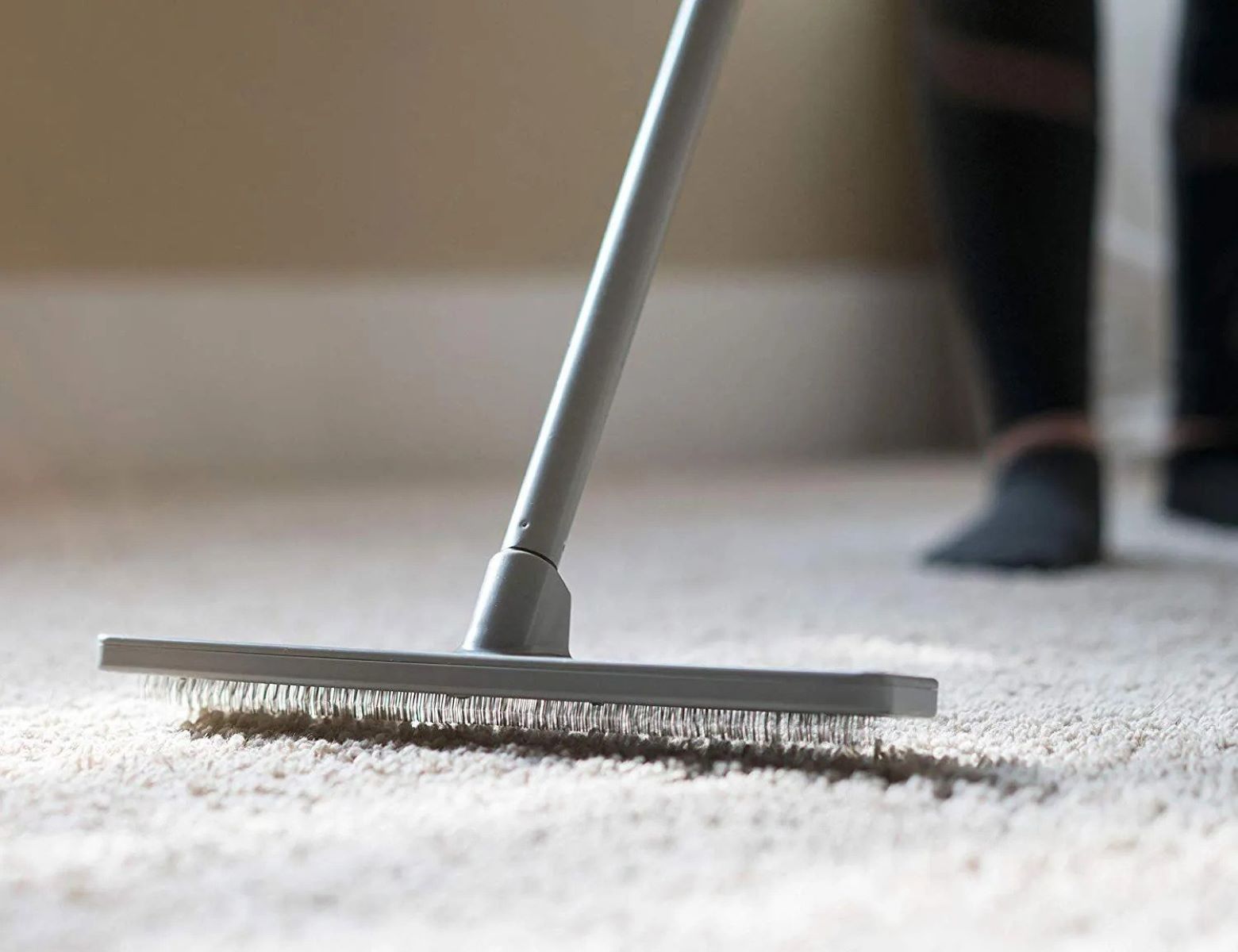
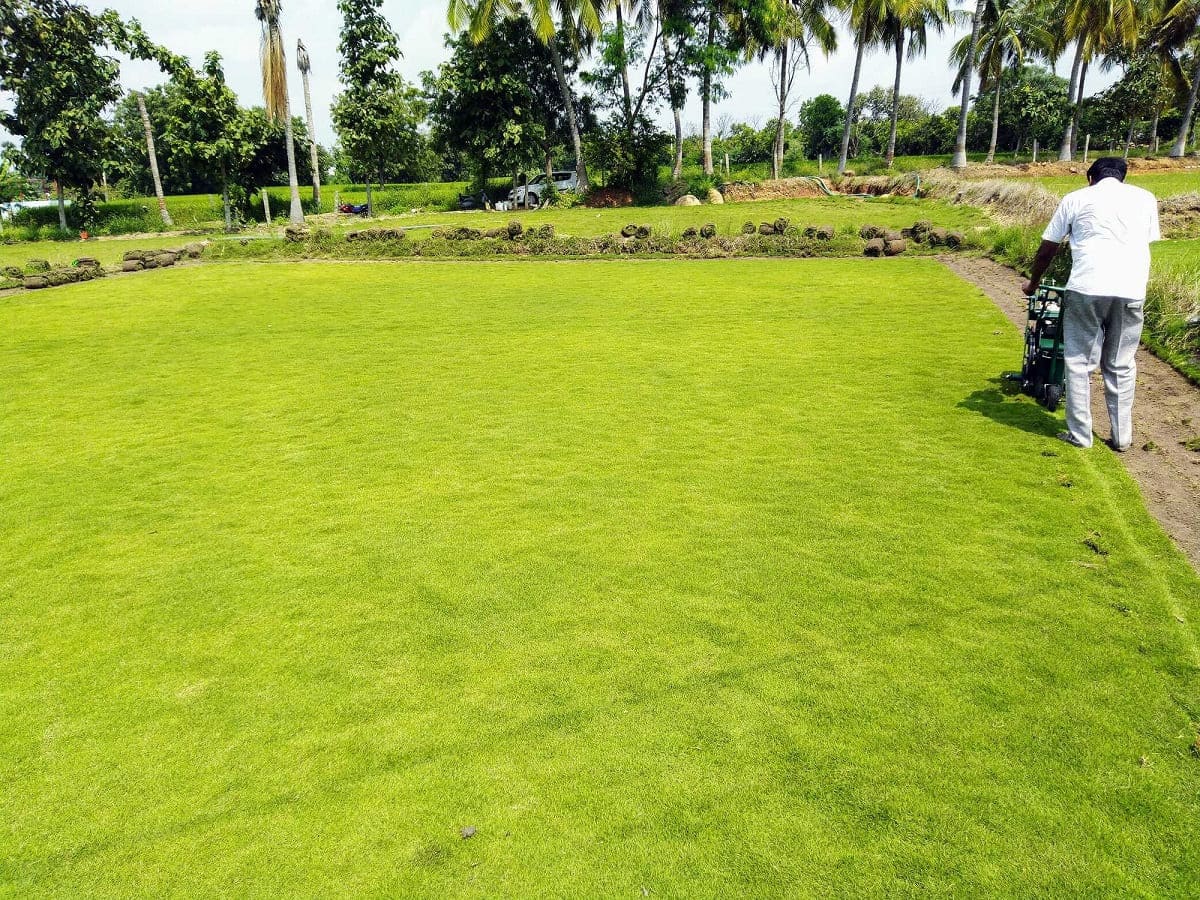
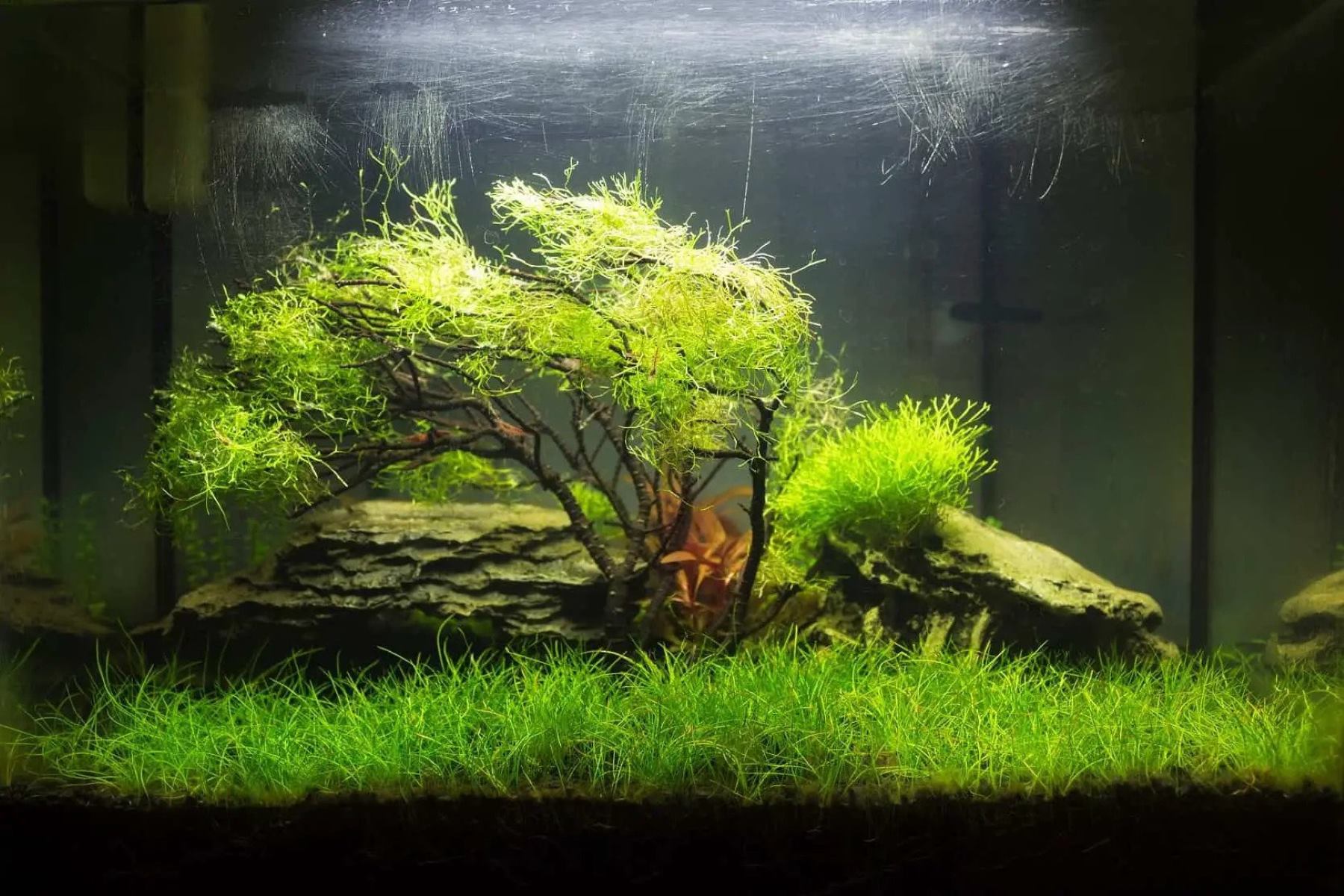
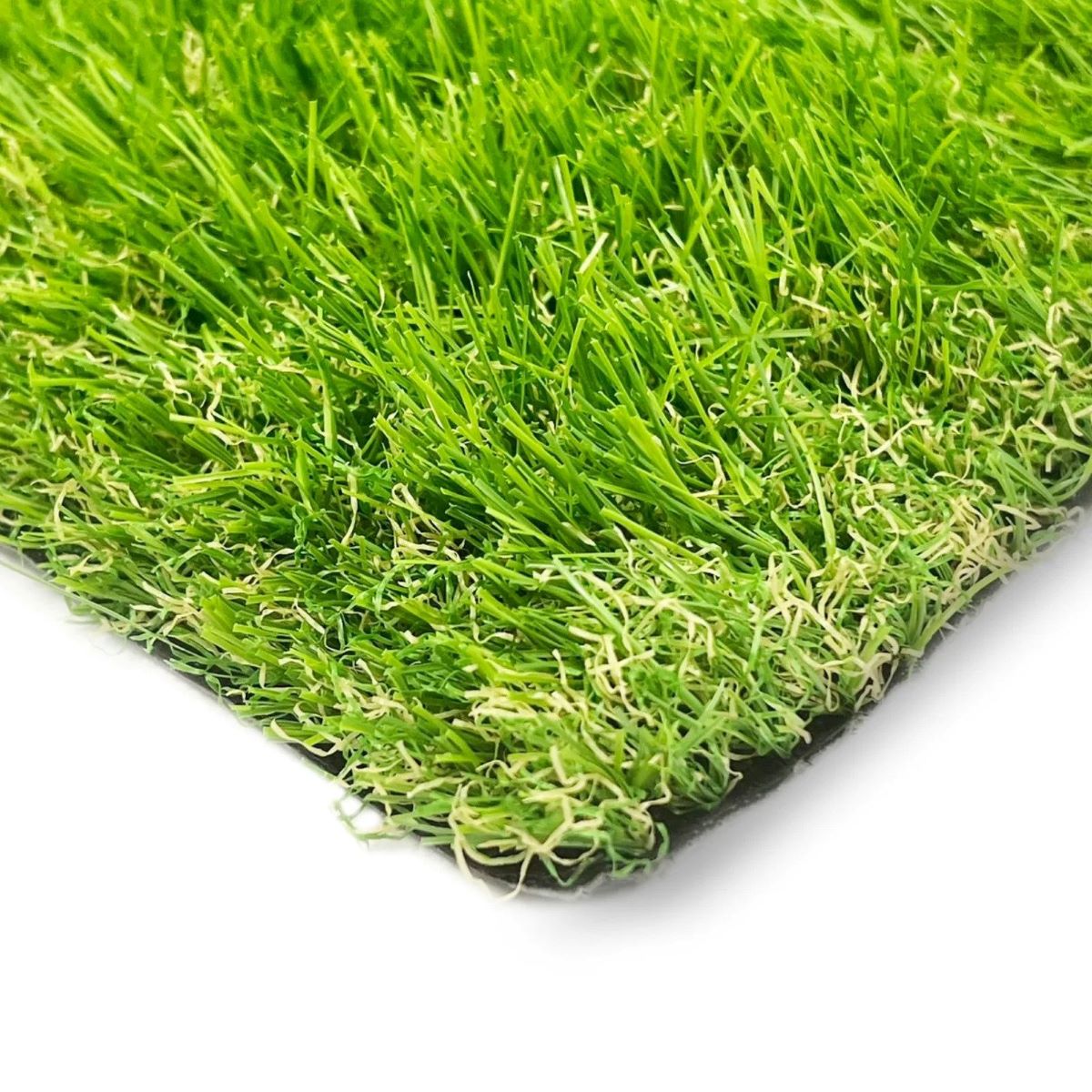
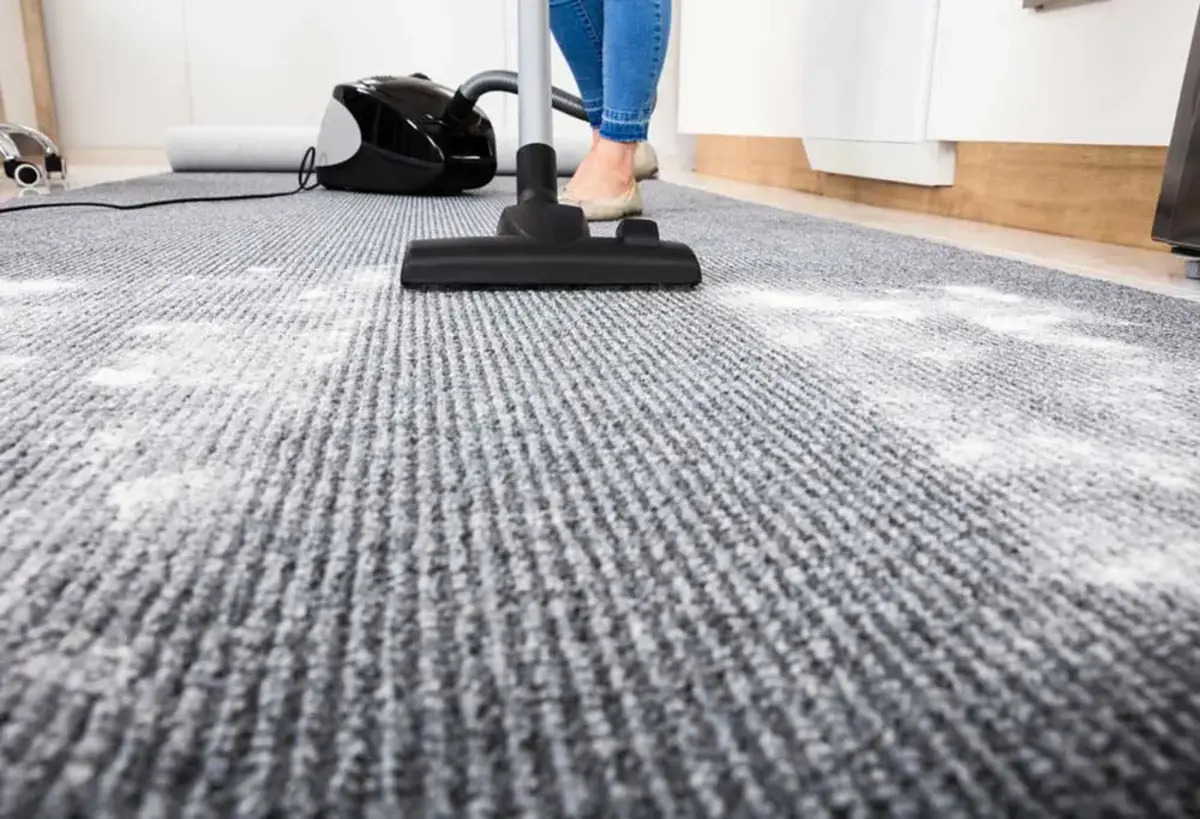
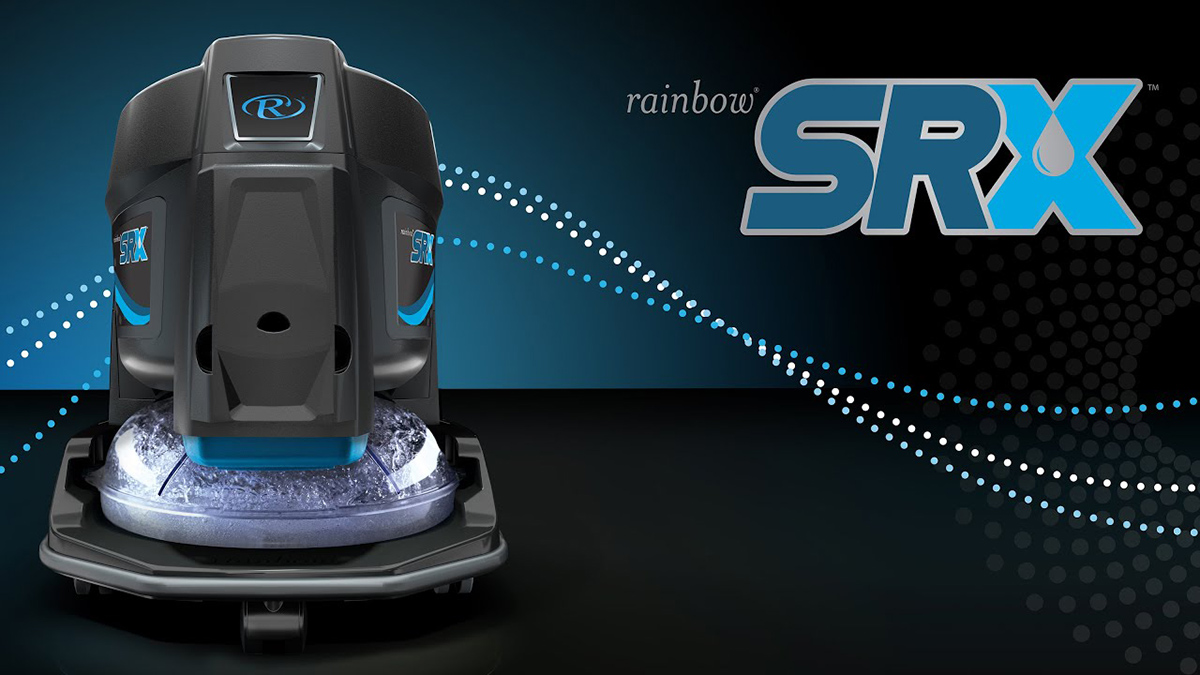
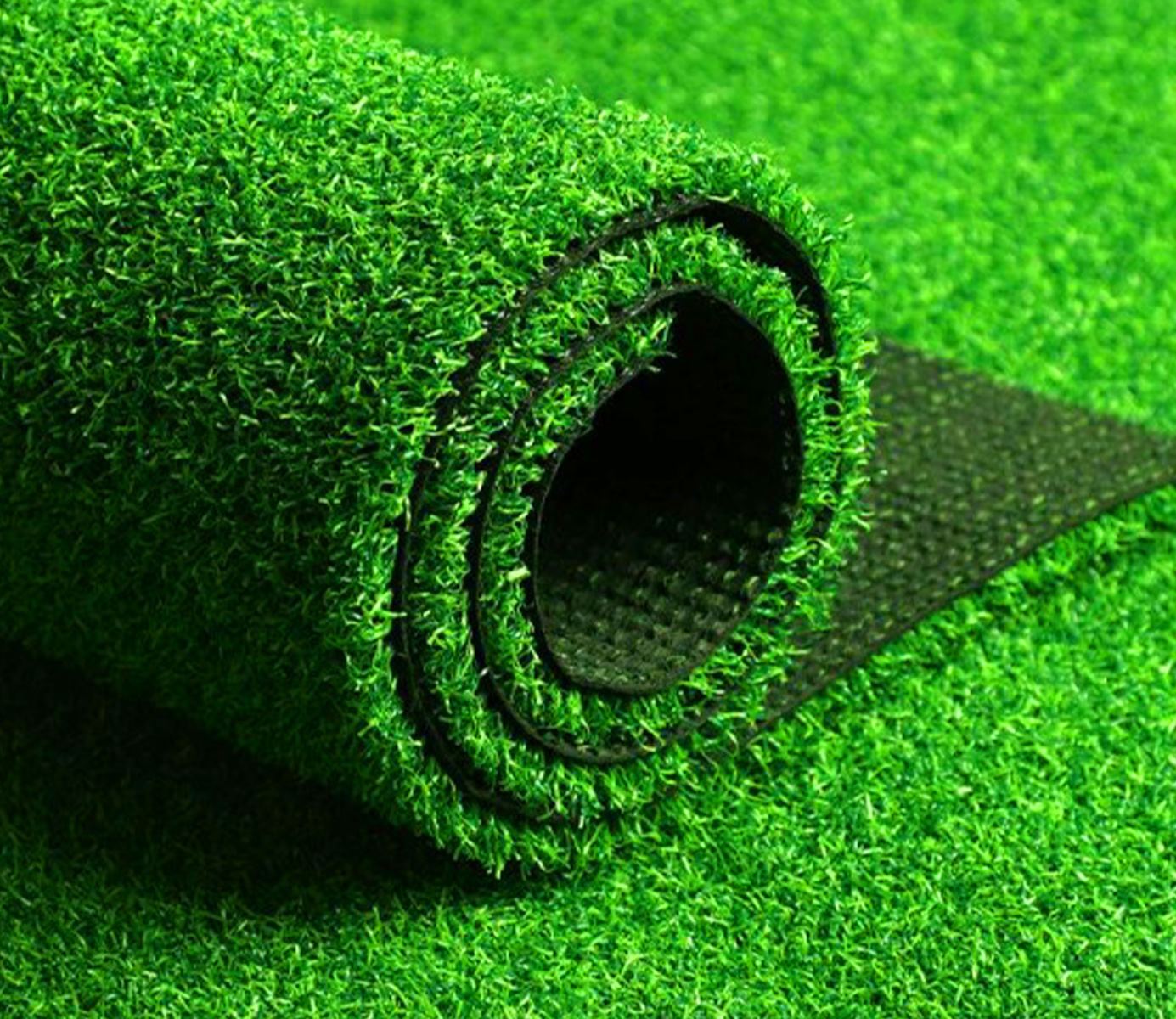
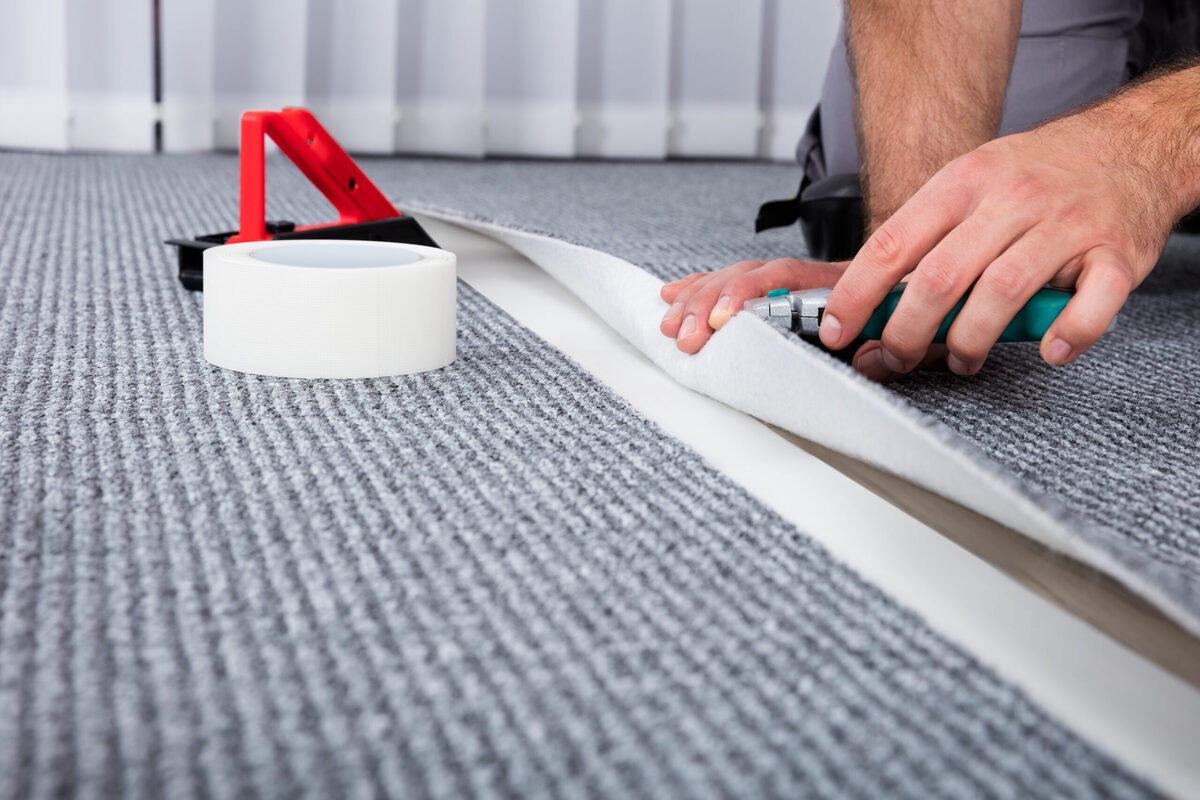
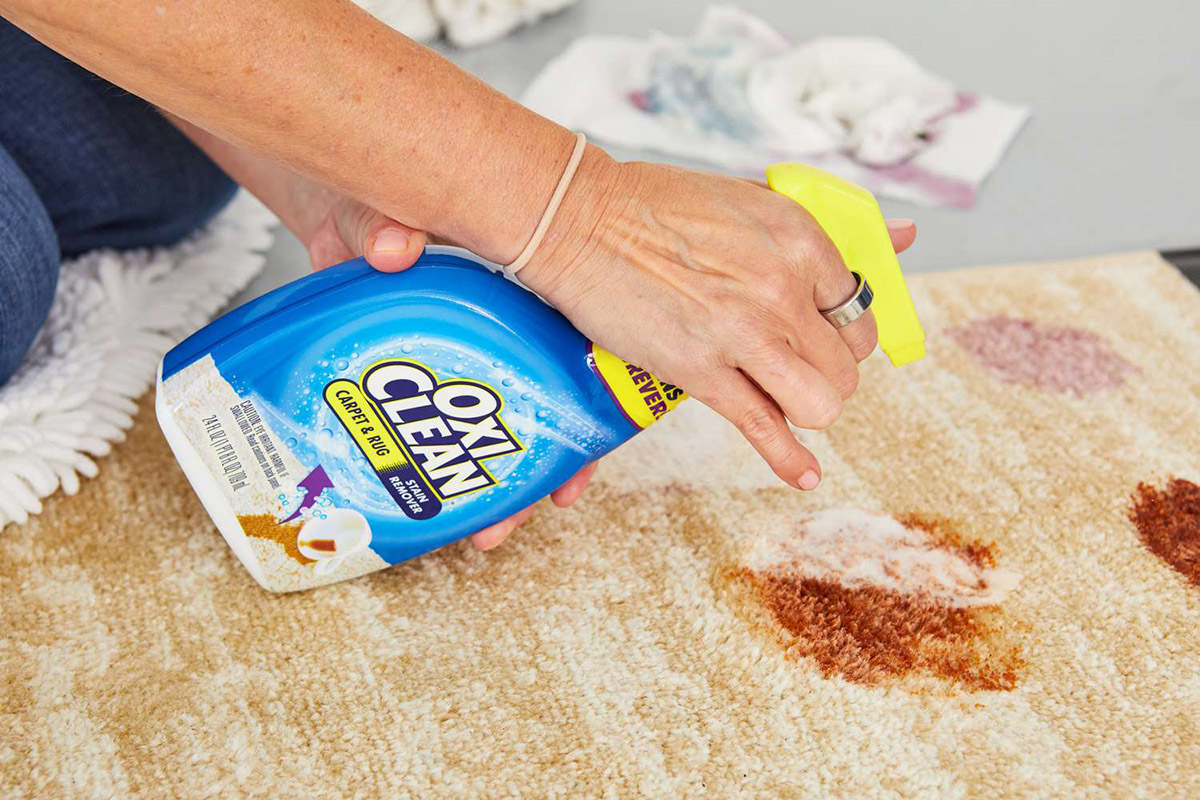
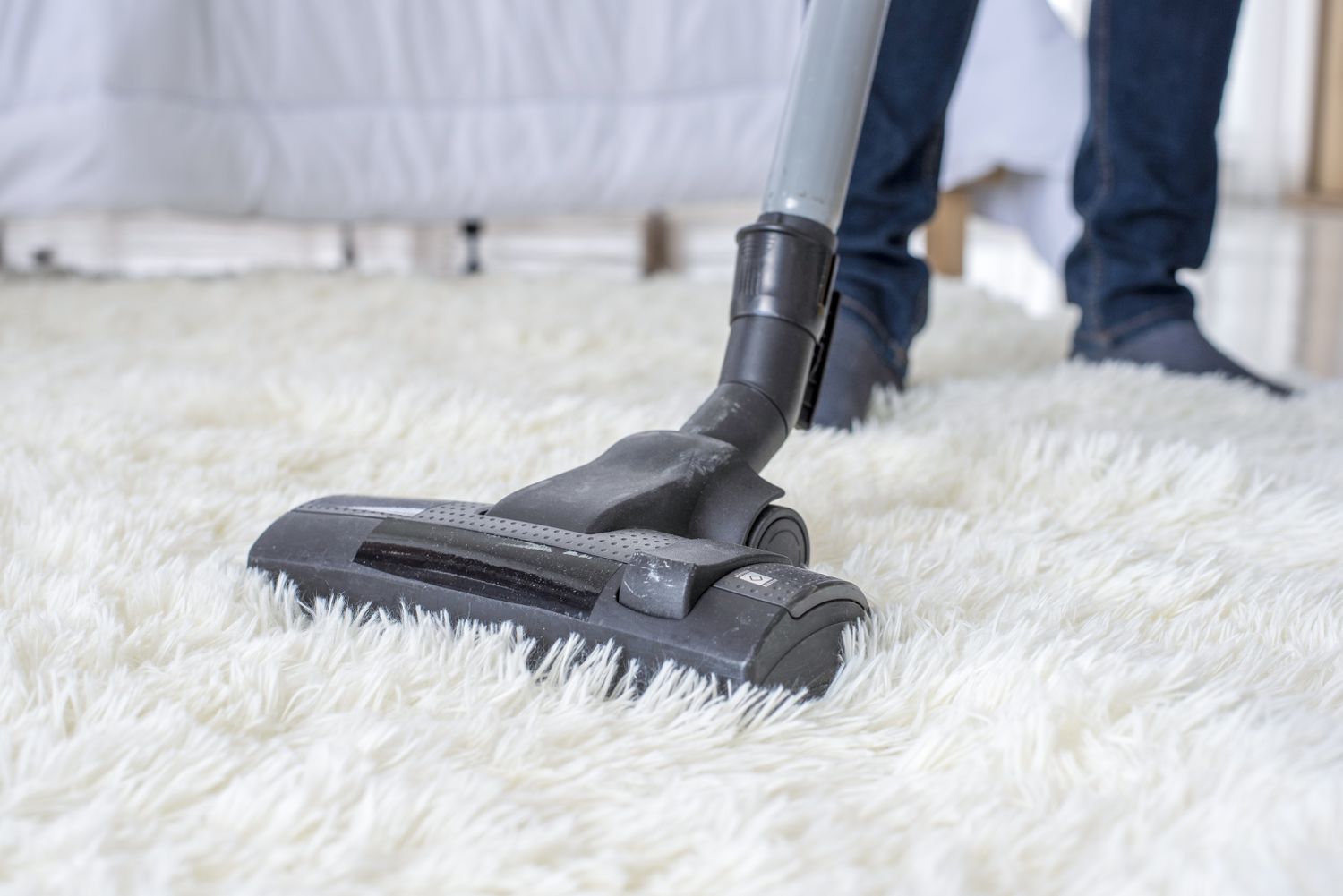

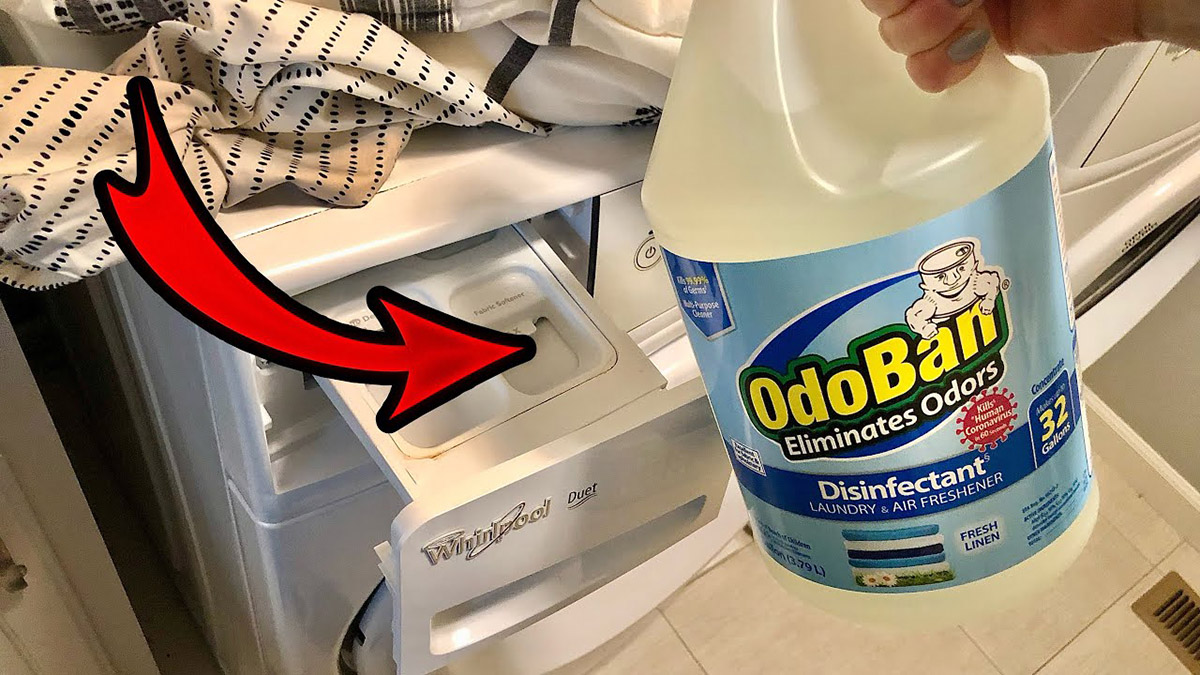
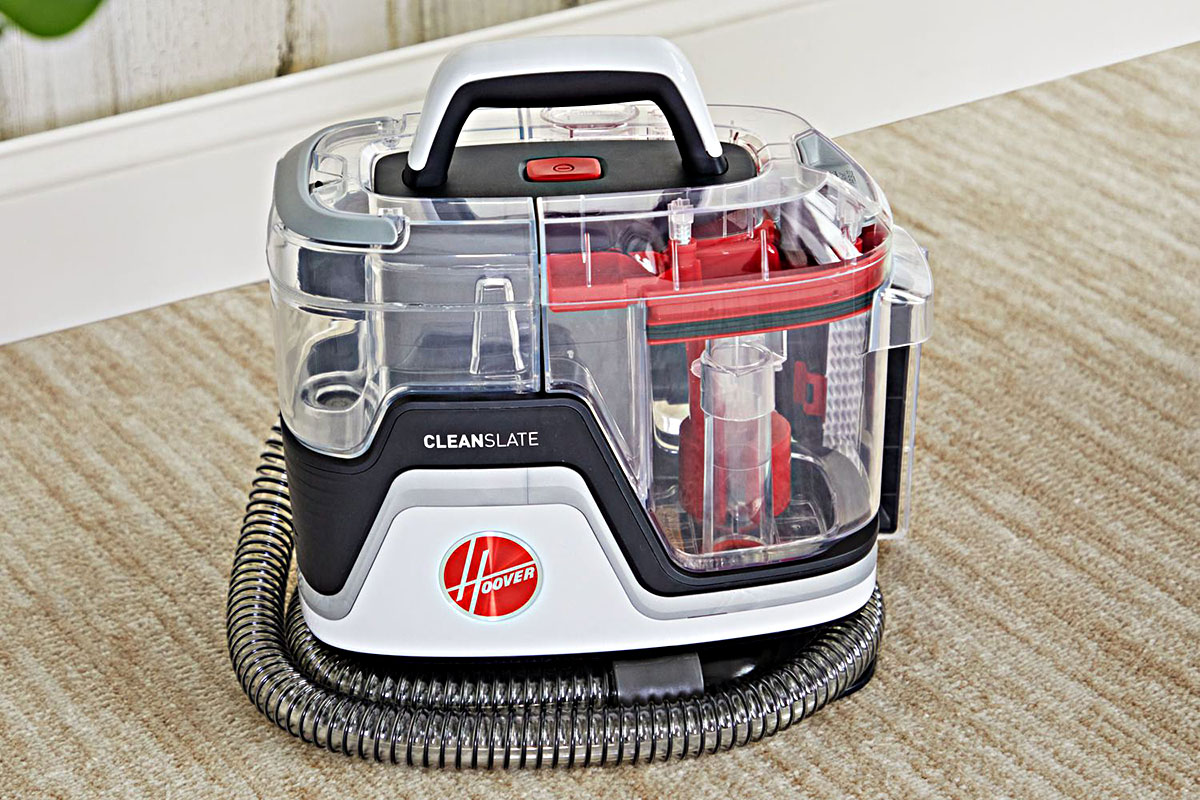

0 thoughts on “How To Use Grass Carpet”